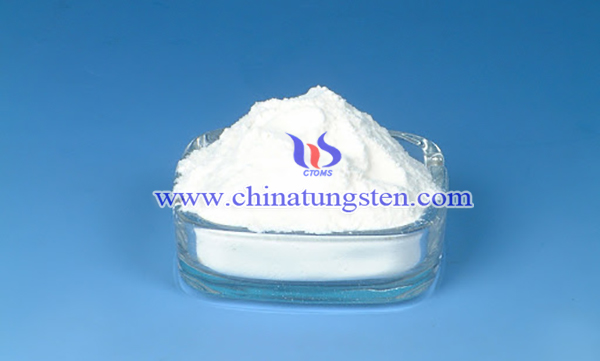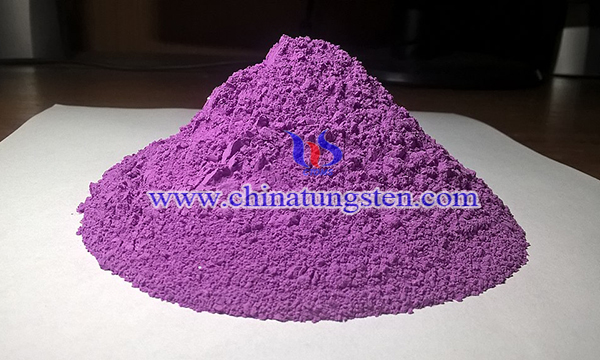CS/WO3/FTO Material as Photoelectrochemical Sensors for Cobalt(II) Ions in Water
- Details
- Category: Tungsten Information
- Published on Wednesday, 13 October 2021 18:43
Cobalt (Co) is vital to the human body and plays an important role in various biological processes. However, excessive intake of Co compounds has been shown to adversely affect the health of the skin, lungs, and thyroid. Therefore, it is necessary to design a fast, accurate and cost-effective sensor to detect the Co content in drinking water.
Photoelectrochemical (PEC) sensor shows high sensitivity than traditional electrochemical sensors owing to the absolute separation between the detection signal and the light source. Metal oxide semiconductors have been widely used as electrode materials in PEC sensors. Tungsten trioxide (WO3) is a non-toxic, light-stable semiconductor, which has the advantages of high photon current conversion efficiency, low cost, and environmental friendliness.

Herein, it is reported a novel CS/WO3/FTO material have been prepared as PEC sensor for cobalt(II) ions in water. The sensor is made by decorating fluorinedoped tin oxide (FTO) with Chitosan (CS) and WO3. Chitosan dramatically enhanced the photocurrent of WO3. The synthesis process is as below:
With 0.231g Na2WO4·2H2O as the tungsten source, it was dissolved in 30mL deionized water under constant stirring at room temperature. Then, 10 mL of 3 molL-1 HCl was added dropwise to the above solution to form a light yellow precipitate. Subsequently, 0.20 g of (NH4)2C2O4 was added to the above suspension under continuous stirring until the suspension became transparent. Before transferring the solution to the autoclave, more deionized water was added to a total volume of 70 mL, and the mixture was continuously stirred for 30 min. For the hydrothermal reaction, transfer 15 mL of the prepared precursor to a Teflon-lined stainless steel autoclave (30 mL), which contains a piece of FTO with the conductive surface facing down, immersed and leaned against the wall of the Teflon container. The hydrothermal synthesis was carried out in an oven at 120°C for 12h. Then, the autoclave was cooled to room temperature, and the FTO substrate was taken out, rinsed with deionized water, and dried with nitrogen. Finally, the prepared film was calcined at 450°C for 1 hour at a heating rate of 5°C/min in air.

After modifying the photocatalyst on the FTO surface, a CS suspension (5 mg mL-1) was prepared by dissolving the CS powder with 3% acetic acid (HAc) under stirring. After that, the prepared CS suspension (100 μL) was added dropwise to the surface of the photocatalyst modified FTO, and then the modified FTO plate was dried in an oven at 50°C for 4 hours.
- Tungsten Oxide Manufacturer & Supplier, Chinatungsten Online: www.tungsten-oxide.com
- Tungsten News & Prices of China Tungsten Industry Association: www.ctia.com.cn
- Molybdenum News & Price: news.molybdenum.com.cn
- Tel.: 86 592 5129696; Fax: 86 592 5129797; Email: sales@chinatungsten.com



 sales@chinatungsten.com
sales@chinatungsten.com